The Tablin
Keepers of The Tablwood
Tablin In The World
Tablin Society
The Tablin prefer lives of leisure and faith. They are the most hospitable race of in the world to many talking to strangers as if they were old friends.
Refusing a tablin offer of hospitality is never appreciated and is often treated as a sign of great disrespect.
History
While half breed tablin and full breed tablin have existed for ages, they never came into the public eye until the first Touched tablin came to Estoya. Wearing strange masks and obviously of a different culture, the Lartasian tablin settled in the slums of Yithwitch and were treated appallingly. Many years after the half and full bred tablin offered them a place in The Tablwood. They accepted and the The Rouxs Officially marked The Tablwood as theirs. During this time, they established The Tablin Monasteries , schools of martial and philisophical thought that migrated with them from Lartasia.
Government
Religion and Folklore
Presently, the tablin have great relations with other races. Travelers entering The Tablwood will often wear masks of the totems they connect with most to show respect and reverence to the tablin tradition. This practice is welcomed with open arms and seen as a symbol of mutual respect.
Inter-species Relations.
Remove these ads. Join the Worldbuilders Guild
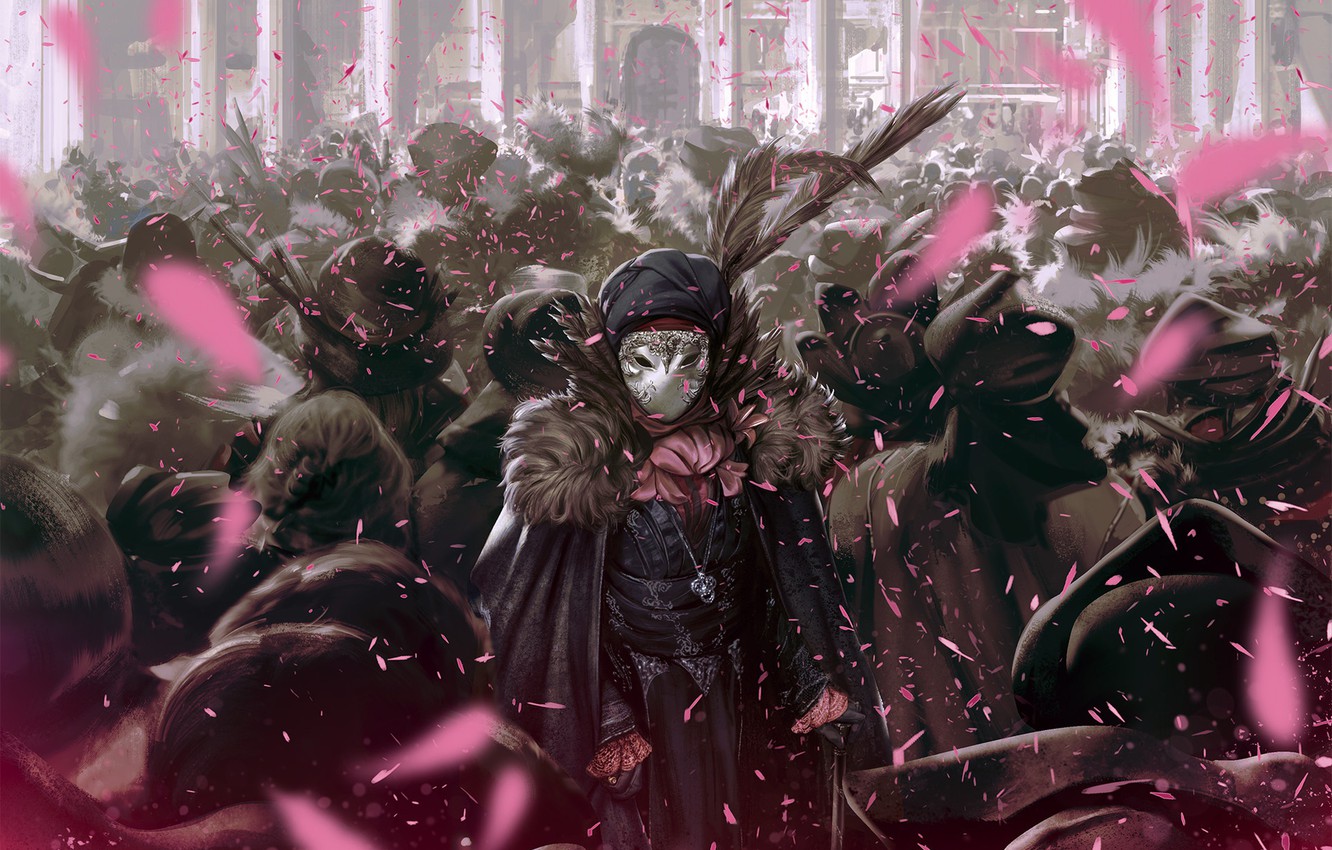
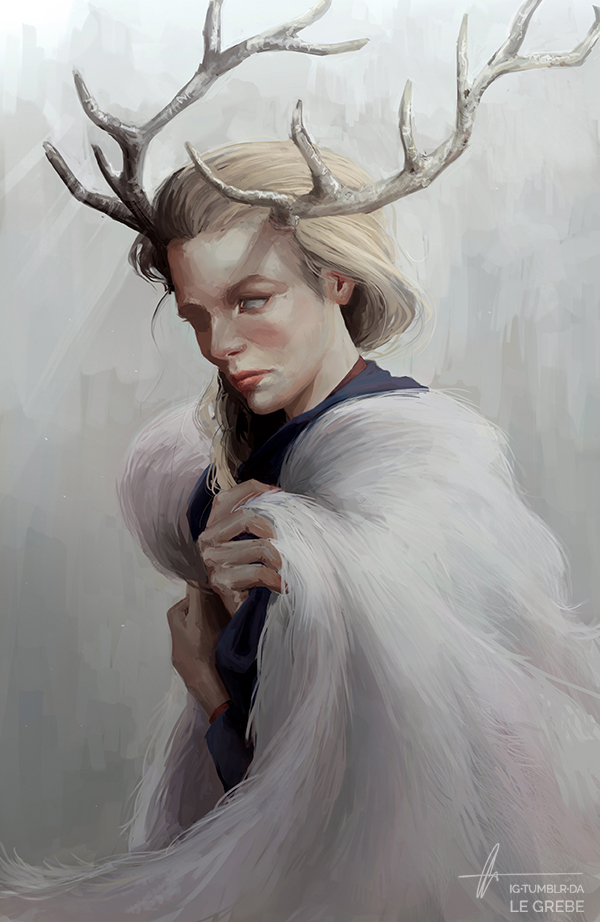
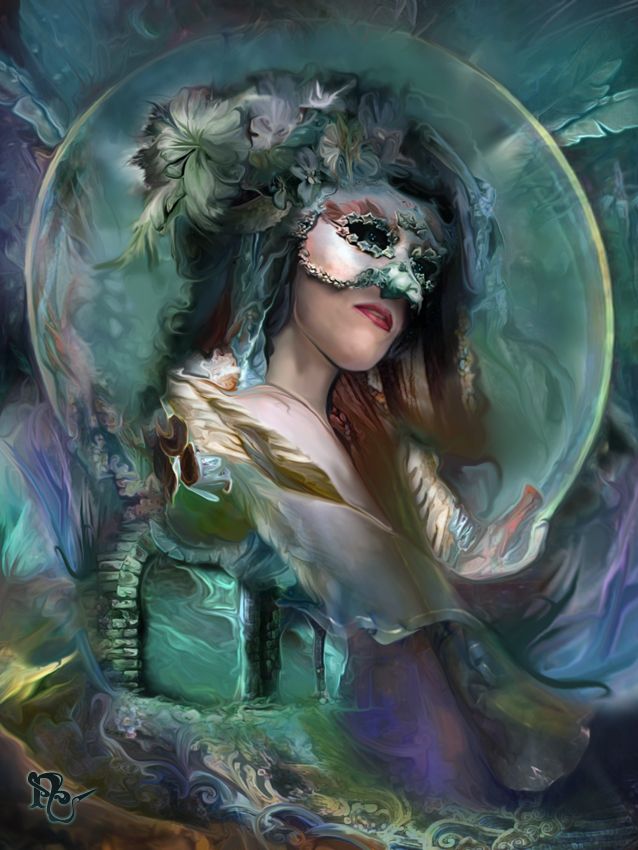
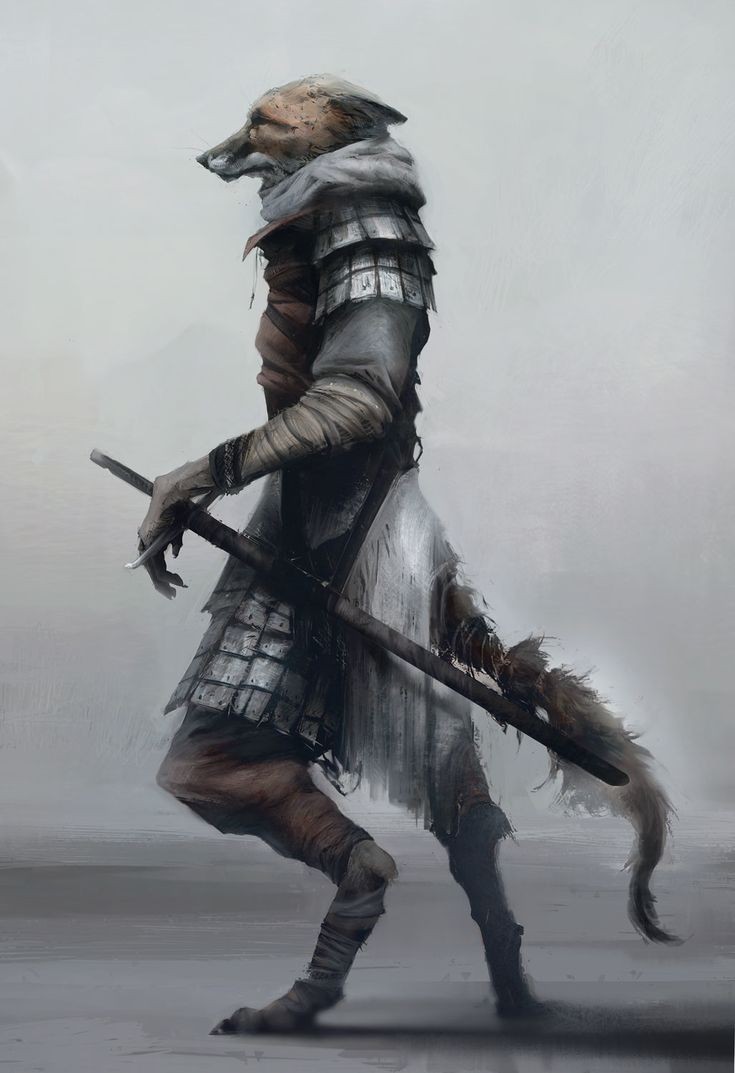









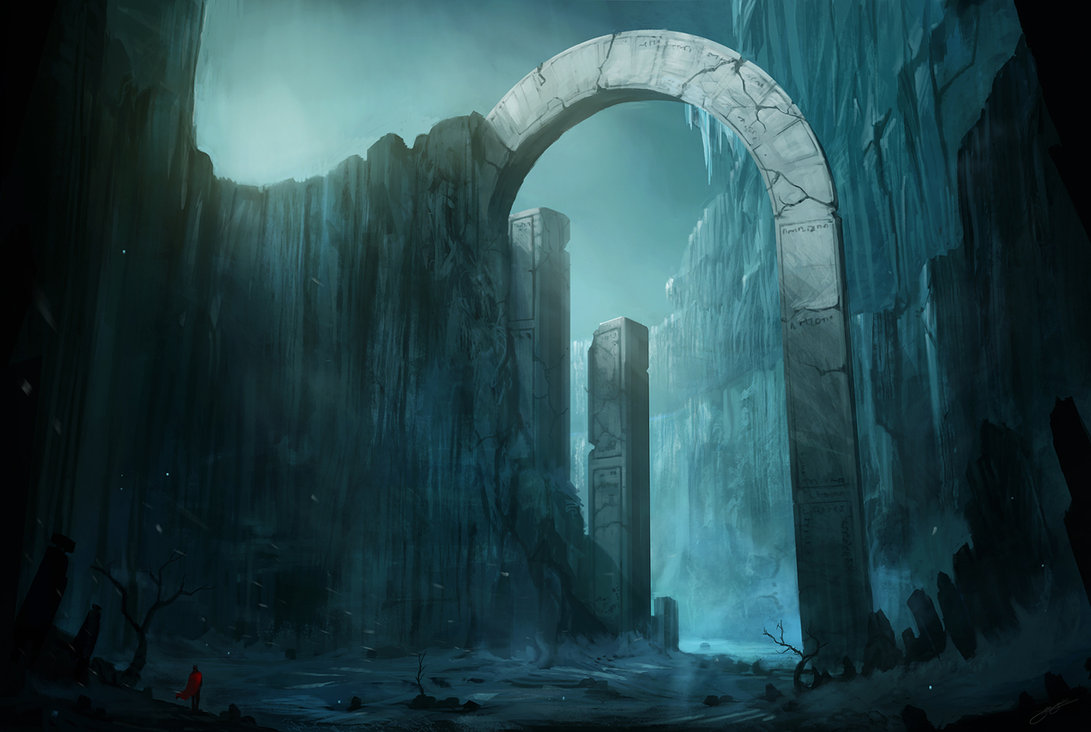
Would the child of a Touched also be a Tablin? If so I'm assuming that's where they come from at large, but if so what is the source of being Touched and if not what is it that started this group?